As I look around, I see an ever-increasing wealth of information on how to be more carbon-neutral, sustainable, and generally more responsible for the earth. There is a lot to sort through, and not every idea is universally applicable. I’ve designed and maintained many commercial, retail, and hotel gardens and landscapes in my career and
Thinking about sites that have specific uses and unique challenges, I thought I would propose a list of landscape suggestions that can help hotels, restaurants, resorts, and other mixed-use hospitality properties consider changes they can make in their landscapes to better serve the environment and the bottom line.
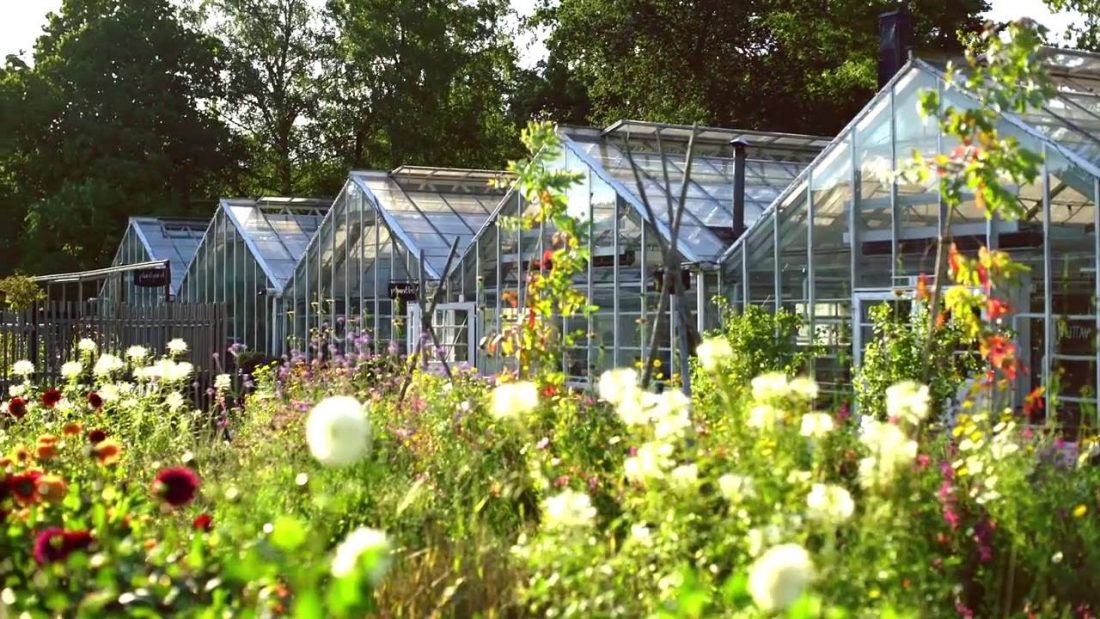
1) In Plantings, Consider scale.
When planning street displays, entry displays, and other garden areas of the property, consider not only who will see it but, more importantly, how they will see it.
Are they going to be driving by at 65 mph, 20 mph, or 2 mph? Will they be walking briskly to get somewhere, strolling or lingering?
Is the guest 100 ft away, 50 ft away, 10ft away, 1 ft away or within inches?
It is important to consider this, as a plan to intricately plant an area to be viewed from the freeway with a palette of 25 different intertwined plants mingling together will likely be a completely wasted design effort (and it may even look messy.
Contrast this with a boldly sectioned planting and a smaller number of plants with groupings large enough to read from this speed and distance, and you have created an opportunity for savings and water retention.
When mixing plants intricately, you have to accommodate the neediest, and irrigation systems will have to be designed to give more than is needed to those who don’t need it. However, if beds can be sectioned to an appropriate scale, then water can be more effectively dispersed and saved.
2) Make a vegetable garden
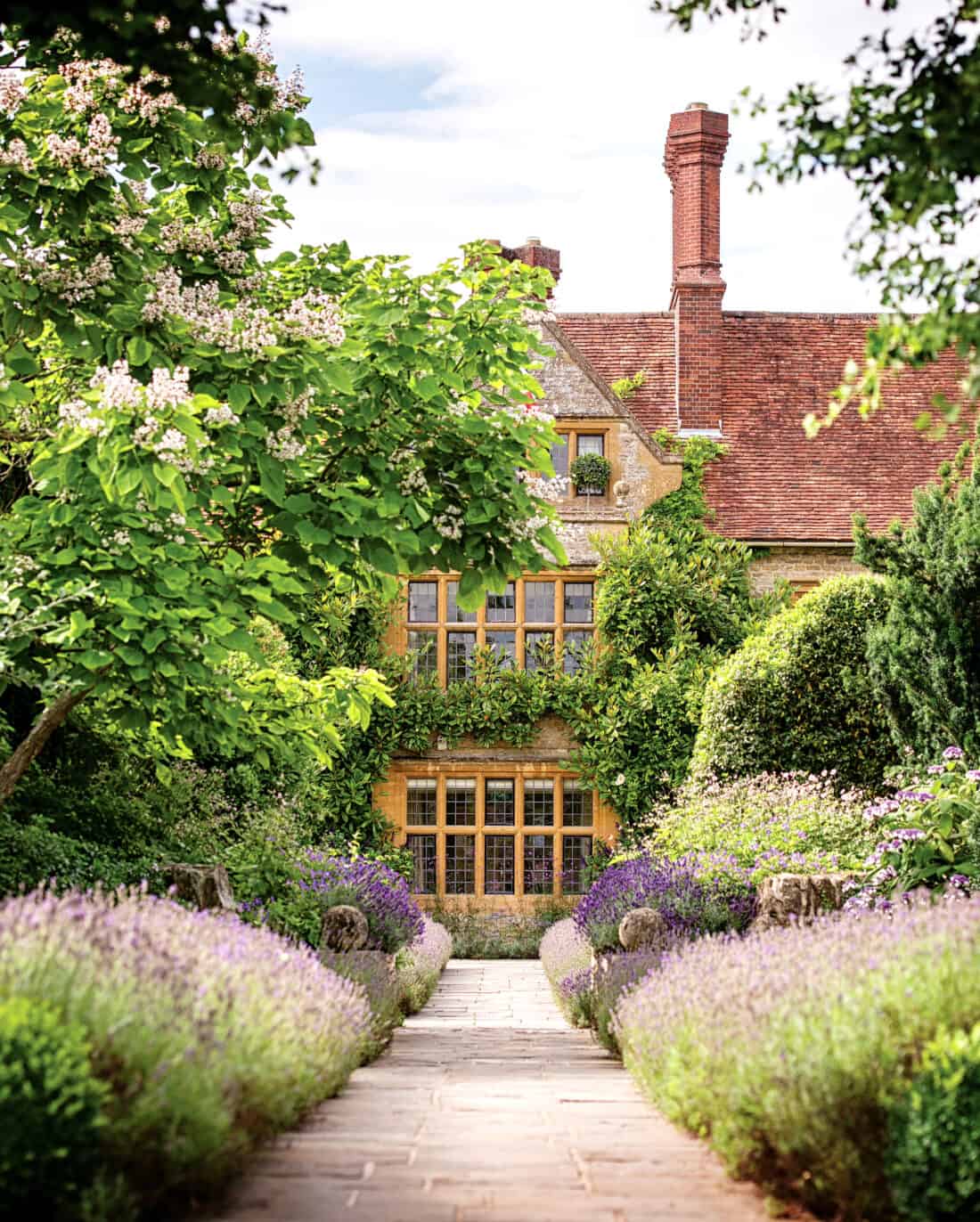
The National Restaurant Association lists ‘local foods’ as it second hottest trend (behind bite sized desserts??).
Eateries that can market a locally and/or organically grown menu appeal to the increasingly educated clientele who want their food to have a pedigree. ‘Locally grown food is, by nature, fresher, healthier, better tasting, and good for the local economy. It is an attractive message to luxury and boutique hotel clientele.
Almost any rooftop, balcony, back corner, or front corner can be made productive with a great design team. And a kitchen garden doesn’t have to be hidden utility. Consider the great potagers of French royalty.
I love this picture and am working to have my own kitchen garden to look like this – a tapestry garden – of sorts.
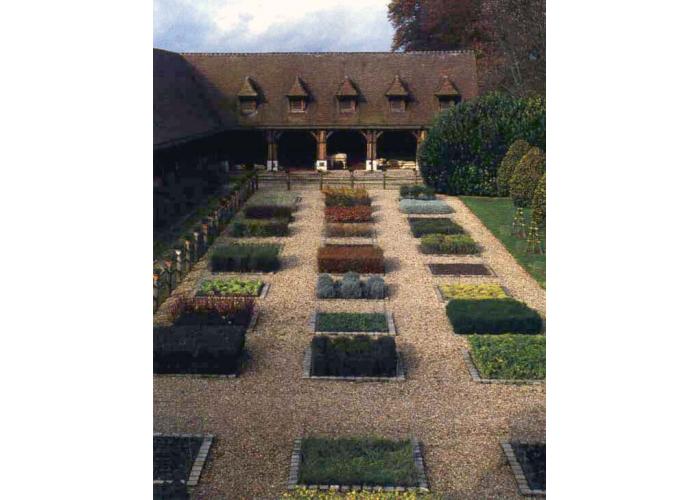
3) Capture Rain and Grey Water
Rain capture systems can be screened or completely hidden. With underground tanks, roof water, and grey water can be held for use in irrigation. Fountains and water features can use this water too.
As the cost of water and water shedding climbs, make the most of what comes to your property naturally. And for that which you pay, make it do double duty.

4) Use Drip Irrigation EVEN IN YOUR LAWN AREAS
New Technology has made drip irrigation for lawns the wave of the future. Because water delivery is below the soil surface, no water is lost from evaporation, runoff, or overshooting lawn boundaries, making the primary benefit water savings.
Also, a lack of overshooting also helps eliminate rotting and water stains on fences and walls, and prevents slippery walkways. It is also a benefit because of the lack of surface wetting.
Because the lawn’s surface is never soaked, it can always be used for activities, and the incidence of disease – and the need for toxic fungicides – is also greatly reduced when grass stays dry.
Also – consider exactly how much actual lawn is needed. Can you reduce the lawn area and replace it with something that is less resource-intensive (like a naturalistic garden or native shrubs and trees)
5) Reconsider ‘Annual’ displays
They are expensive, labor-intensive, wasteful, and all too often just plain kitschy—and not in a good way.
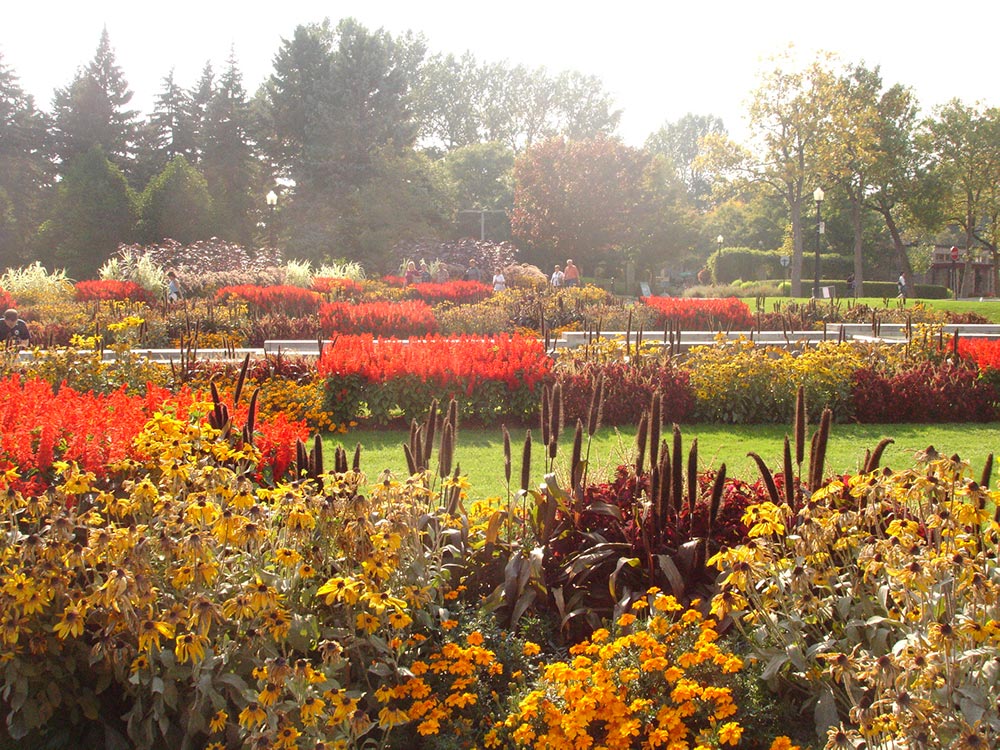
Phase in some perennials and have your plant care company learn how to care for them (and I mean fine gardening here, not your average mow-and-blow service). I know this is a tall order, but the average perennial costs the same to install and perhaps only 2 -3 times more than the same-sized annual. This means that if you are making seasonal or annual displays, you will start seeing a return on your investment in the first year. Go on, re-design it!
Check out this stunning mix of annuals and perennials at the Montreal Botanic Garden.
6) Compost.
Estimates say that between 55% and 75% of restaurant waste is compostable. On site composting maybe an option a landscape design team can incorporate into your property but if your facility doesn’t have this option, consider giving it to a local grower or community garden.
Separating out the waste is just the first step and but finding a home for it is becoming easier and easier, see if you can find local businesses that need organic waste to make a mutually beneficial solution.
Alternatively, an on-site composting facility can be managed and designed to reduce the feared smell and provide for beautiful landscape improvements.
I love this compost bin. While individually probably not on a restaurant scale, this would be an easy addition to a landscape.
Related Posts:
Landscape Garden Hotel Inspiration: Las Piedras Fasano, Punta del Este, Uruguay
Garden Travel: Le Riad Jasmin in Morocco.
Share this Post:
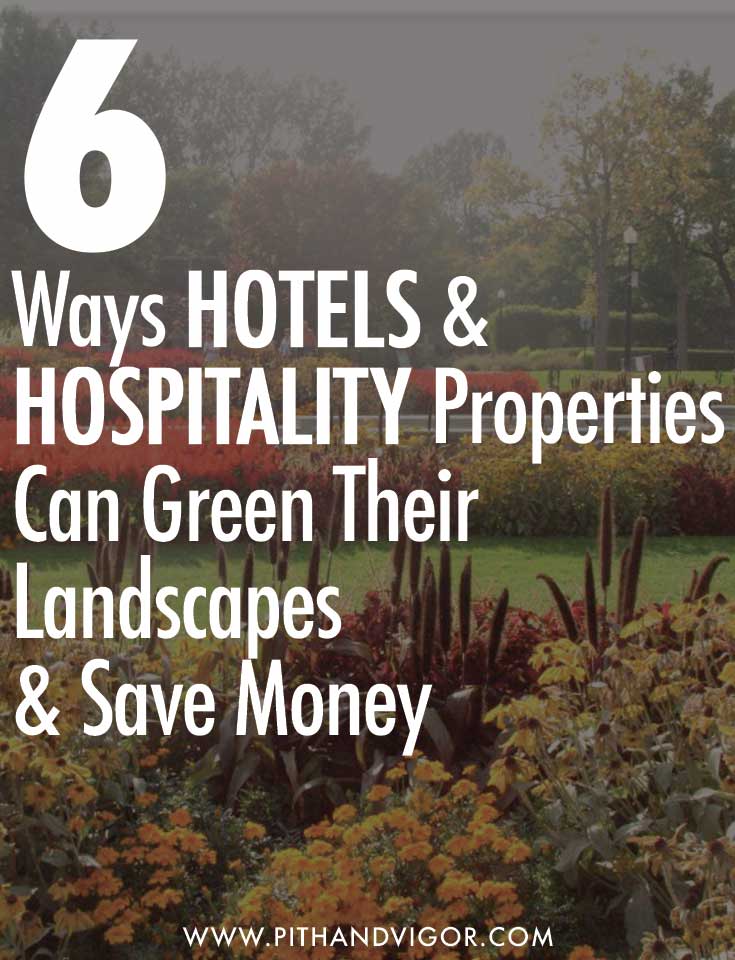


+comments+